Banning Black Consciousness:
The Bluest Eye as “Poetic Knowledge”
by Casandra Aigbogun, University of Georgia
The banning of Toni Morrison's The Bluest Eye in the United States is less about vulgar language and inappropriate situations and more about the censoring of Black Consciousness. For example, according to PEN America, The Bluest Eye has been on and off the banned list for the last 30 years (Tolin), which demonstrates that readers' subjective analysis of the book changes over time. Because the work has been repeatedly controversial, it has garnered a negative reputation. In addition to the book being explicitly banned in some school districts, it is possible that many more avoid the controversy by electing to leave it off the curriculum and not purchase it for the library, indicating that there is a way to censor books without putting them on the school district's banned books list. I want to suggest here that what censors identify as the novel’s allegedly problematic features are in fact part of the profound poetic insights into Black experience with which it provides its school-age readers.
The reasons for banning The Bluest Eye are usually listed as its "sexually explicit content" or "disturbing language" (Banned). However, the ban is often removed and reinstated depending on the school year, the school librarian, and whether parents have expressed concerns that year. I want to suggest that the inconsistency of the book’s banning—one year it’s in, another year it’s out—can be explained by its basis in what to censors is an alien form of knowledge. In his essay "Poetic Knowledge," Aimé Césaire describes how Poetic Knowledge vastly differs from scientific knowledge, claiming that while scientific knowledge “enumerates, measures, classifies, and kills,” poetic knowledge is a “fulfilling knowledge” that fills the void (17-18). When The Bluest Eye is not understood as an instance of poetic knowledge rooted in a Black community, it inconsistently conforms to criteria for censorship. The best teachers will situate the novel as an instance of poetic knowledge, and students will understand such statements in their context of enunciation.
A good example of this is the repeated censoring of the novel for explicit language, where it is assumed that readers find the use of the N-word and other derogatory terms to be offensive. This is a common trait among banned novels (The Catcher in the Rye and The Adventures of Huckleberry Finn are both repeatedly banned for their profanity). However, The Bluest Eye uses these terms within a particular cultural context, making it justifiable. For example, Geraldine is said to want to keep the distinction between the "colored and the n*****" (71). Here, Morrison is indicating that even in Black society, the N-word indicates a type of Black expression that is reprehensible even to Black people. In this way, the use of the N-word has more to do with Morrison problematizing the word than it does with vulgarity. Scientific knowledge would seek to classify this word as derogatory, while poetic knowledge would seek to show how this word is problematic and, though difficult to teach, necessary for students to learn about.
Attempts to ban the novel on the basis of its sexual content similarly miss the value of Morrison’s poetic works. In the novel, Cholly rapes his daughter, Pecola, twice. Many parents and school districts have argued that the scene is pornographic or too descriptive ("Banned" 2023). However, Morrison’s critics often praise her ability to write and set scenes. The issue seems more to do with the incest taking place rather than how it is described. However, incest is a lived experience that Morrison hopes to bear witness to via her art. In order to stay true to her art, she describes the incest in hopes of examining a piece of the Black experience in the U.S.
For these reasons, books like The Bluest Eye are an iteration of Blackness to which African Americans and, indeed, all U.S. youths should have access. These “inappropriate” scenes are an opportunity to discuss the Black experience in America in a dynamic and nuanced way. This makes it especially important for school audiences who are learning to navigate a racialized society.
Works Cited
“Banned books 2023 – The Bluest Eye.” Marshall Libraries. (2023). https://www.marshall.edu/library/bannedbooks/the-bluest-eye/
Césaire, Aimé. “Poetry and Knowledge.” Sulfur, no. 5, 1982, pp. 17–32. Literature Online; ProQuest One Literature, 866208306.
Morrison, Toni. The Bluest Eye. [32rd printing], Vintage International, 2018.
Public Broadcasting Service. (2017). Banned: The bluest eye. PBS. https://www.pbs.org/wgbh/americanexperience/features/banned-bluest-eye/#:~:text=Reasons%20cited%20have%20included%2C%20%E2%80%9Csexually,it%20a%20%E2%80%9Cbad%20book.%E2%80%9D
Tolin, L. (2023, September 21). The 11 most banned books of the 2022-2023 school year. PEN America. https://pen.org/banned-book-list-2023/
